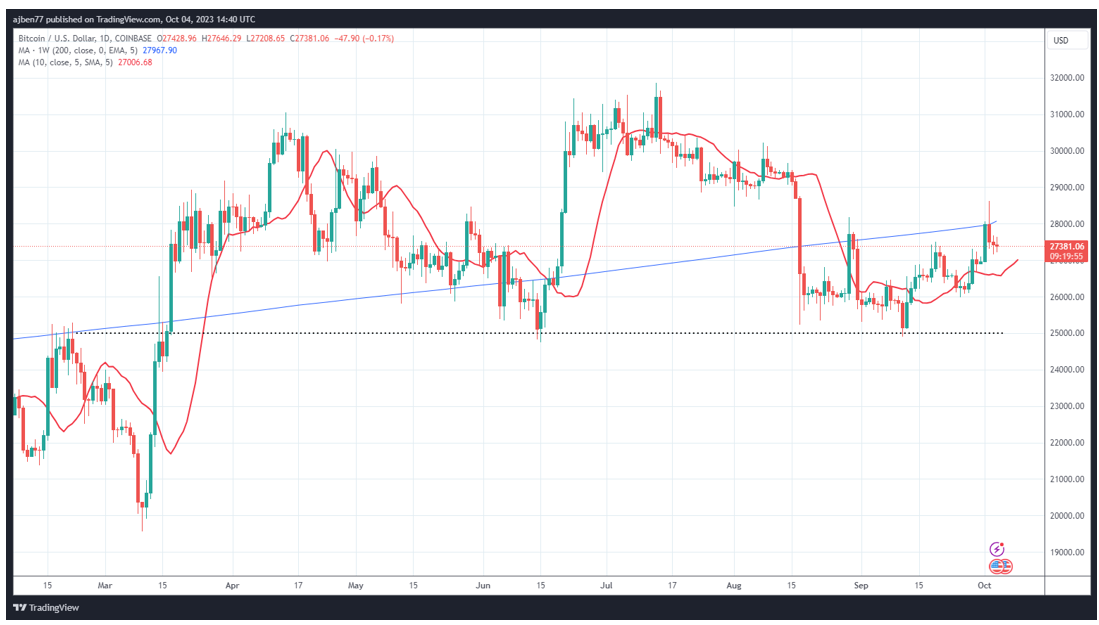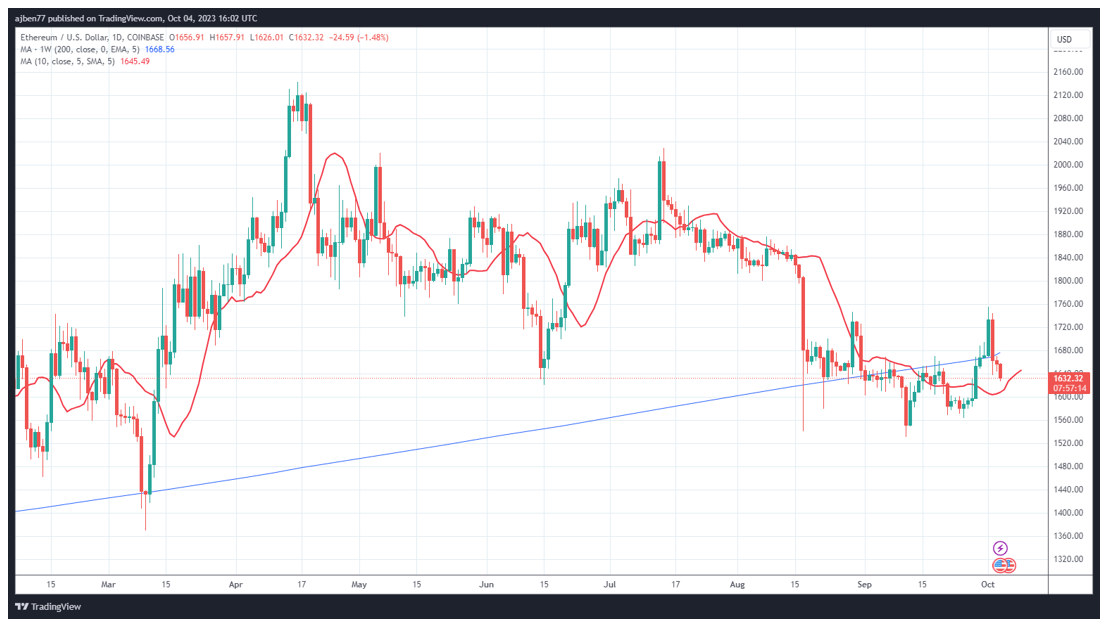 |
| By Alex Benfield |
The sins of our past have a way of catching up with us.
The excessive money printing from the pandemic area is starting to have some material effects on the economy beyond just high inflation and investors are finally starting to take note.
That’s because in the complex world of financial markets, few indicators get as much attention from economists, investors and even the media as the yield curve.
The Yield Curve
Normally, when you buy a longer bond, you expect a higher return. This is because there's more uncertainty in the future, so naturally, you're taking on more risk.
So, a "normal" yield curve shows higher interest rates (yields) for longer-term bonds compared to shorter-term ones.
But sometimes, this standard gets turned on its head … literally. The yields on shorter-term bonds become higher than longer-term bonds, leading to an "inverted" yield curve.
This happens because there’s fear and doubt surrounding future growth, and investors buy longer-term Treasuries as a safe haven. But the higher the demand for longer bonds, the higher their price … and the lower their yield.
This yield inversion has historically had a few noticeable impacts.
An inverted yield curve has often been a precursor to a recession, or at least a significant economic slowdown. This makes sense as investors piling into safer assets like bonds indicates a lack of confidence in riskier assets like stocks.
Therefore, the stock market might experience a decline or increased volatility.
An inverted yield curve can also raise borrowing costs for short-term debt, affecting consumers and businesses alike.
If companies find it more expensive to finance their operations or if consumers cut back on spending because of higher interest costs on their variable debt, it could slow down economic growth.
Historically, an inverted yield curve has been a reliable, though not foolproof, predictor of a coming recession.
But the impact isn’t reserved for the U.S. alone. High demand for U.S. Treasurys, especially from foreign investors, can boost the value of the dollar. A stronger dollar makes U.S. exports more expensive and imports cheaper, which can widen the trade deficit.
A stronger dollar also makes it more expensive for countries holding debt in U.S. dollars to pay it back.
A Silver Lining
As more and more people begin to see the value of storing wealth in the decentralized, trustless world of crypto as opposed to traditional means, this economic uncertainty could prove beneficial in providing the final push for hesitant investors to dive in.
Especially with the potential approval of a spot Bitcoin (BTC, “A-”) on the horizon, the launch of the Ethereum (ETH, “B”) futures ETF behind us and the potential for a spot ETH ETF.
All three are excellent starting points to bring institutions and investors into crypto.
Crypto Market Update
Bitcoin appears to be forming a base to build from in the next bull market, as there has been significant trading volume around the $25,000.
That is a previous support level, and if it holds upon retesting, it very well could be the point from which BTC launches in the coming bull run.
But wait, I hear you say, we’re in the middle of a rally!
Yes, we are. But as my colleague Dr. Bruce Ng explained yesterday, we expect it to be temporary, with one more correction ahead of us before the end of the year.
When will that correction come? That’s harder to say. Uptober has been off to a promising start and BTC was even able to climb above its 200-week moving average recently but couldn’t hold and soon dropped below once again. If the crypto market is going to have a real October rally, the price of BTC will need to jump above $28,000 by the end of the week.

Click here to see full-sized image.
Otherwise, Bitcoin will likely retest support at $25,000 sooner rather than later. To be clear though, I expect BTC to retest that $25,000 support before the end of the year regardless of whether or not we get a true October rally.
Ethereum, on the other hand, is already backtracking after hitting a high of about $1,750 on Oct. 1 and has fallen back below its 200-week moving average. If the bulls are able to continue to push prices higher, the next obvious level to the upside is $1,800 which represents the low end of the previous trading range, $1,800 - $2,000.
If not, ETH has some support near its recent low at the $1,550 level on the downside which could prove to be its foundation for the next bull run if it can hold.
Here’s ETH in U.S. dollar terms via Coinbase:

Click here to see full-sized image.
Usually, Bitcoin leads the markets in terms of broad trends, but we’ve seen ETH lead the way often enough.
Could Ethereum be the leading indicator for Bitcoin’s price action this time around? We’ll find out soon.
What’s Next
The fear from the inverted yield curve is sending tremors throughout the traditional finance system. But the crypto sector, specifically Bitcoin and Ethereum, might be gearing up to offer refuge and opportunity to those in the know.
The potential approval of spot Bitcoin ETFs and Grayscale's move to transform its Ethereum Trust into a spot ETF signals the crypto industry's readiness to integrate more seamlessly with the broader financial ecosystem.
Such developments not only indicate growing acceptance but also present crypto as a viable, perhaps even essential, part of a diversified investment strategy.
As October unfolds, whether it's the golden hues of autumn or the glowing digits of a rising Bitcoin, let's remain vigilant, adaptable and optimistic. After all, as history has shown, after every downturn, there's an ascent waiting to be charted.
Best,
Alex

